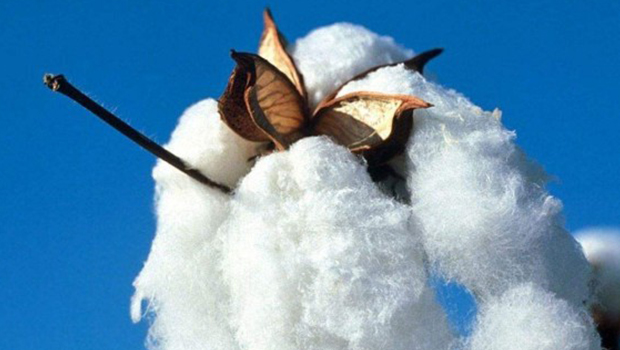Quality control technology The relationship between the maturity of cotton fiber and the spinning process and yarn quality Xu Lanjie and Guo Xin (Liaodong University) have different maturities, which have a great impact on the spinning process, yarn quality and fabric dyeing performance. High-maturity cotton fiber is easy to remove impurities in the spinning process, and it is not easy to produce neps and ropes; medium-maturity cotton fiber is finer and has high yarn strength; high-maturity cotton fiber is processed into After the fabric, the wear resistance is good, and the fabric is dyed evenly.
The different maturities of the preface not only cause changes in fiber properties, but also have a great impact on the spinning process and the quality of the yarn and fabric. The maturity of cotton fiber can be used as a comprehensive indicator to assess the inherent quality of cotton fiber. It directly affects the color, strength, fineness, natural twist, elasticity, moisture absorption, dyeing and other properties of cotton fiber. Therefore, it can be based on the maturity of cotton fiber To estimate or measure other physical performance indicators of cotton fiber. Mature cotton fiber has many natural twists, good elasticity and good color. It is not suitable to form neps and ropes during spinning. The fiber has good cohesion and spinnability. The yarn is evenly dried and there are few defects. Yarn strength is also high. When the fiber maturity is too poor, the fiber strength is low, the fineness is fine, the elasticity and toughness are poor, and kinks are easily formed during the spinning process, so that the fiber appearance defects are many, and the neps impurities are also added. However, over-mature cotton fibers are thicker, and the number of fibers in the cross-section of the yarn decreases relatively, which also affects the strength of the yarn.

Maturity of cotton fibers The maturity of cotton fibers refers to the degree of cell wall thickness in cotton fibers, that is, the degree of growth and maturity of cotton fibers. Many properties of cotton fiber are related to the structure. The structure of cotton fiber will be restricted by the degree of maturity to a large extent, so the maturity of cotton fiber has a significant impact on many properties. The maturity of cotton fibers is often expressed by a maturity coefficient. The greater the maturity coefficient, the more mature the cotton fibers. The maturity coefficient of cotton fiber is in the range of 12-25. Generally, the average maturity coefficient of fine-fiber cotton is 1.5-2. The maturity coefficient of long-staple cotton is above 20. Cotton fiber maturity is generally determined by the ratio of fiber cell wall to fiber lumen diameter. It is a comprehensive indicator that reflects the strength, fineness, natural twist, water content, light and elasticity of cotton fiber. The processing technology and the maturity of the yarn M. cvfA details km-1 thick knots km-1 neps 1 break The intensity has a great influence.
The fiber maturity corresponding to fiber maturity is as follows: 8 immature maturity coefficient 0 8~09 normal maturity (slightly lower) maturity coefficient 09~10 good maturity 0 very mature under normal conditions, fiber growth and maturity, cell wall thickness, cut Large area, low fiber number, high strength, more cellulose content, more twist, bright luster, good dyeing performance, and good spinnability. When raw cotton with poor maturity (maturity coefficient below 100) is used, fibers are easily damaged and neps are formed during the spinning process, the strength of the yarn is low, the dryness of the strip is poor, and the defects are difficult to remove. When dyeing dark fabrics At times, white stars appear on the canvas. However, the over-mature cotton fiber has less twist and poor cohesion, and the quality of the yarn is affected. Therefore, the maturity of cotton fiber is an important property of raw cotton and is one of the basis for assessing the grade of raw cotton.
The relationship between maturity and spinning process Impurities and defects in raw cotton affect both the spinning process and the quality of the finished yarn. Raw cotton with different maturity has a great influence on the cleaning efficiency and the number of impurities in the yarn formation in the spinning process.